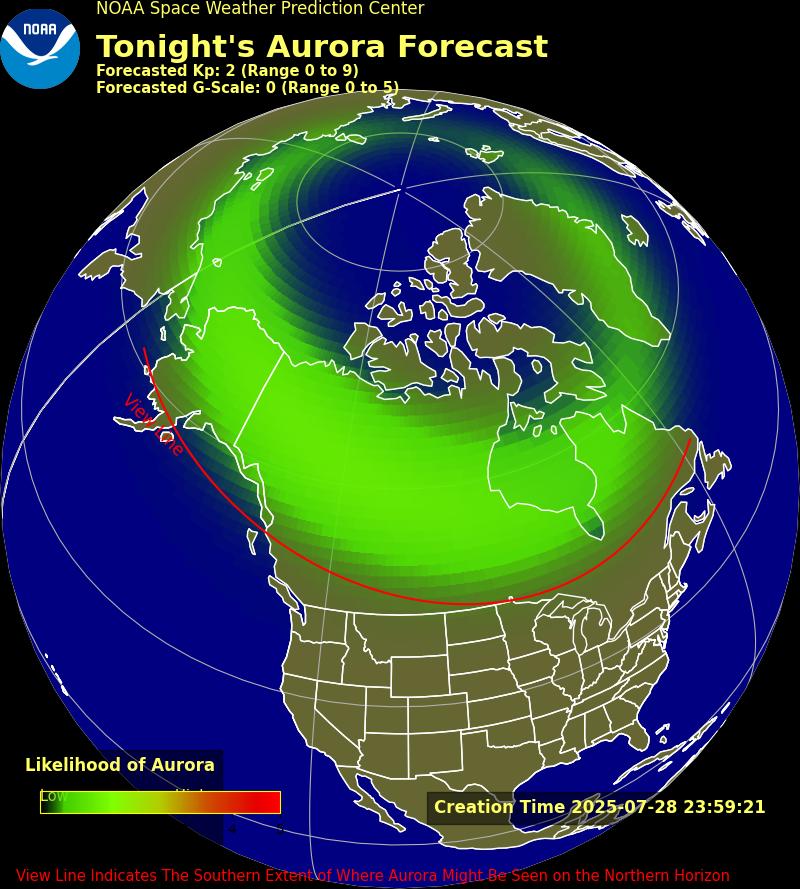|
|
||||
| Log In | ||||
|
| ||||
| ||||
| ||||
| ||||
DESCRIPTIONDistributed Input/Output is commonly used to reduce installation cost, " home-run" wiring, and potential noise interference. REMOTE ACCES pods installed in RIDACS systems let you install interfaces and control outputs close to the sensors and controllers and provide communication with a host computer via a two-wire, high-noise-immunity serial communications network. The two-wire connection keeps the number of cables and connectors to a minimum, simplifies installation, and reduces overall cost. Further, optical isolation at each pod prevents ground loop problems between the computer and the I/O circuits. RIDACS systems consist of pods such as RAG128, RDG-24, etc. and combinations of signal conditioning multiplexers such as AIM-16P and LVDT-8. Typically, one or two of the latter will be used with an RAG128. These are installed in a NEMA4 rated, 14-gauge steel case without any holes or knock-outs except for glands provided for I/O wiring.Stainless steel clamps on three sides of the cover assure a watertight seal and there is a heavy-gauge continuous hinge. Industry standards met are: UL50 Type 4, Type 12, and Type 13 JIC Standard EGP-1-1967 CSA Type 4 IEC 529, IP633 The case is finished in ANSI gray polyester powder coating inside and out over phosphatized surfaces. Additional protective finish may be necessary if the case is to be located in corrosive outdoor setting. The microcontroller used in each pod is an industry-standard 8051-compatible microcontroller. Baud-rate capability to/from the host computer is 1200, 2400, 4800, 9600, 14,400, 19,200, and 28,800. ( Note: Line distance and noise interference may prevent you from using the higher baud rates.) The system uses both SRAM and EEPROM and firmware can be updated over the RS-485 link. ACCES can optionally supply custom firmware. Or, if you wish, can optionally supply a Development Kit that will enable you to generate your own custom program. Programming a RIDACS system is done using ASCII-based command/response protocol. This lets you write applications in any high level language that supports ASCII string operations: QuickBASIC, C, C , Pascal, etc. The command structure is seven bits, even parity, and one stop bit. All numbers sent to or received from the pods in RIDACS systems are in hexadecimal form. ACCES provides command lists for each pod type and, on diskette, software drivers in C and Pascal source code. To help you get started, ACCES also provides sample programs. Each RIDACS system pod has a unique address that is stored in the pod's EEPROM. Communications are based on a master/slave principle. Each pod talks only if questioned by the computer. A handy programming feature of the pods is that an address command need be sent only once during communication with the host computer. It enables communication with that specific pod and disables communication with any other pods on the network until a new address command is issued. Two separate power sources are used: Isolated Power and Local Power. An AC-DC power supply is included to supply local power. The amount of isolated power required is only a few milliamperes and can be easily supplied by the host's 12 VDC power bus. (In this case, two extra wires are required in the network cabling for these power and return lines.) Or, a separate DC power supply can be used. If you opt for a separate power supply for isolated power, the voltage can be anywhere from 9 VDC to 35 VDC. Application note on REMOTE ACCESS programming concepts with syntax examples. |
|||||||||













